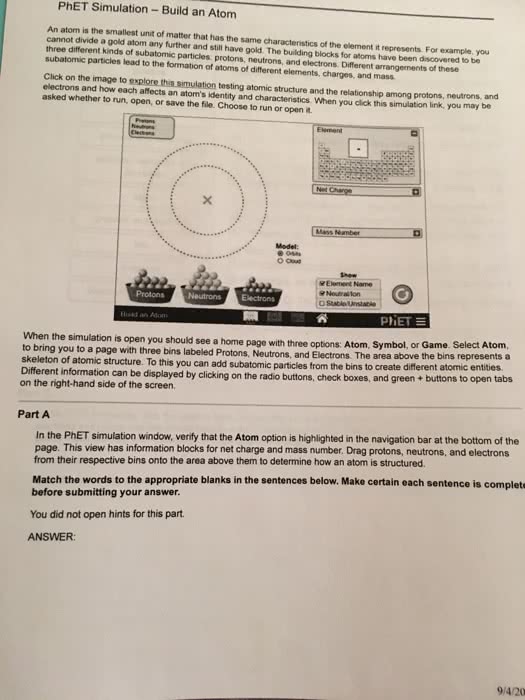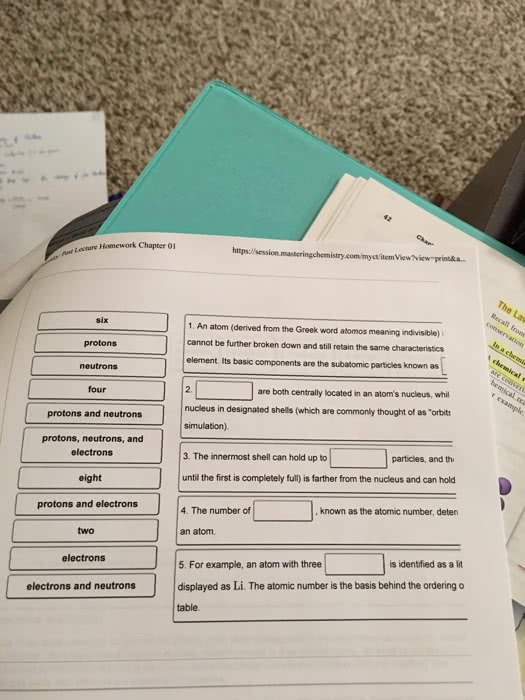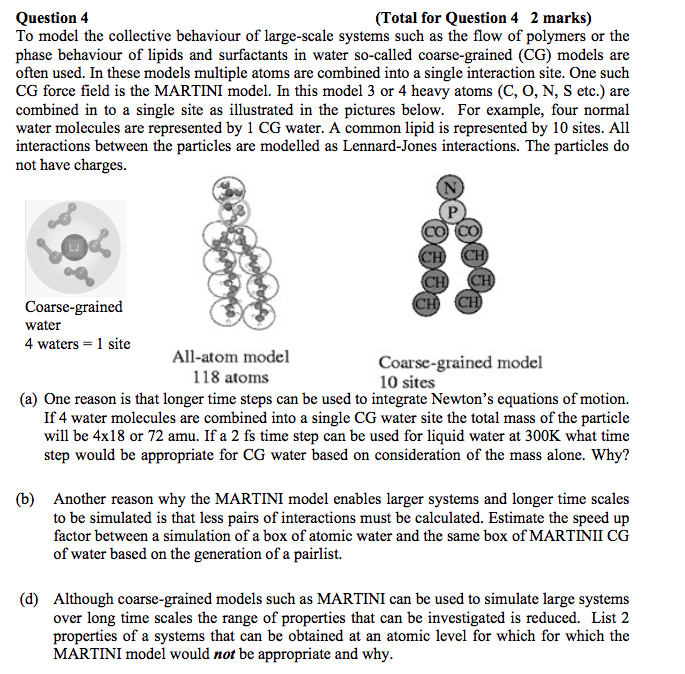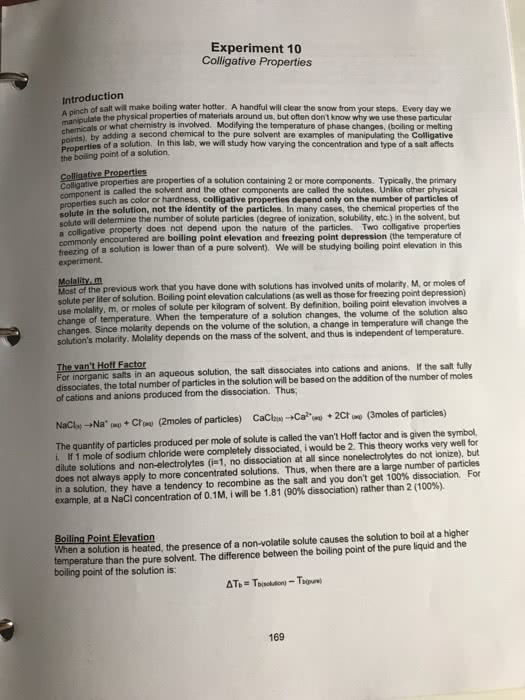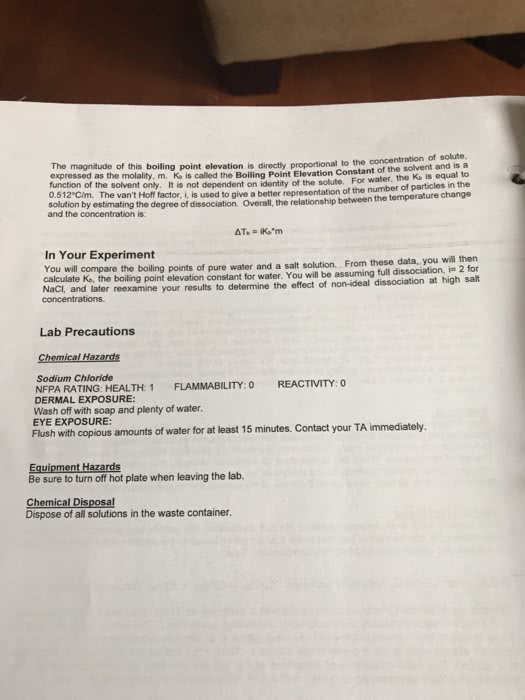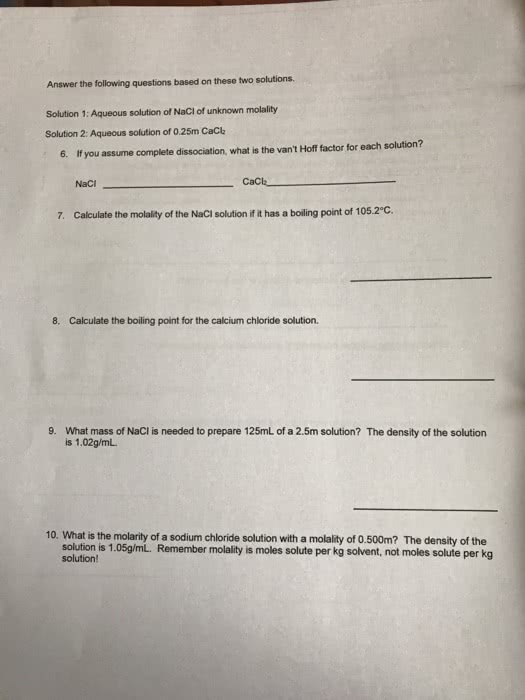CH110 Study Guide - Final Guide: Quantum Mechanics, Ion, Louis De Broglie

The Quantum-Mechanical
Model of the Atom
•
Until the beginning of the twentieth century it was
believed that all physical phenomena were
deterministic.
•
Work done at that time by many famous physicists
discovered that for sub-atomic particles, the present
condition does not determine the future condition.
find more resources at oneclass.com
find more resources at oneclass.com

– Albert Einstein, Neils Bohr, Louis de Broglie, Max Planck, Werner
Heisenberg, P. A. M. Dirac, and Erwin Schrödinger
•
Quantum mechanics forms the foundation
of chemistry
– Explaining the periodic table
– The behavior of the elements in chemical
bonding
– Provides the practical basis for lasers,
computers, and countless other applications
find more resources at oneclass.com
find more resources at oneclass.com

The Behavior of the Very Small
•
Electrons are incredibly small.
– A single speck of dust has more electrons than the
number of people who have ever lived on Earth.
•
Electron behavior determines much of the
behavior of atoms.
•
Directly observing electrons in the atom is
impossible; the electron is so small that observing
it changes its behavior.
– Even shining a light on the electron would affect it.
find more resources at oneclass.com
find more resources at oneclass.com
Document Summary
Albert einstein, neils bohr, louis de broglie, max planck, werner. Heisenberg, p. a. m. dirac, and erwin schr dinger: quantum mechanics forms the foundation of chemistry. The behavior of the elements in chemical bonding. Provides the practical basis for lasers, computers, and countless other applications. The behavior of the very small: electrons are incredibly small. Even shining a light on the electron would affect it. Why some elements are metals and others are nonmetals. Why some elements gain one electron when forming an anion, whereas others gain two. Why some elements are very reactive, while others are practically inert. Why in other periodic patterns we see in the properties of the elements. A theory that explains electron behavior: light: a form of electromagnetic radiation. 3. 00 108 m/s = the speed of light. A theory that explains electron behavior: the amplitude is the height of the wave. The distance from node to crest or node to trough.

